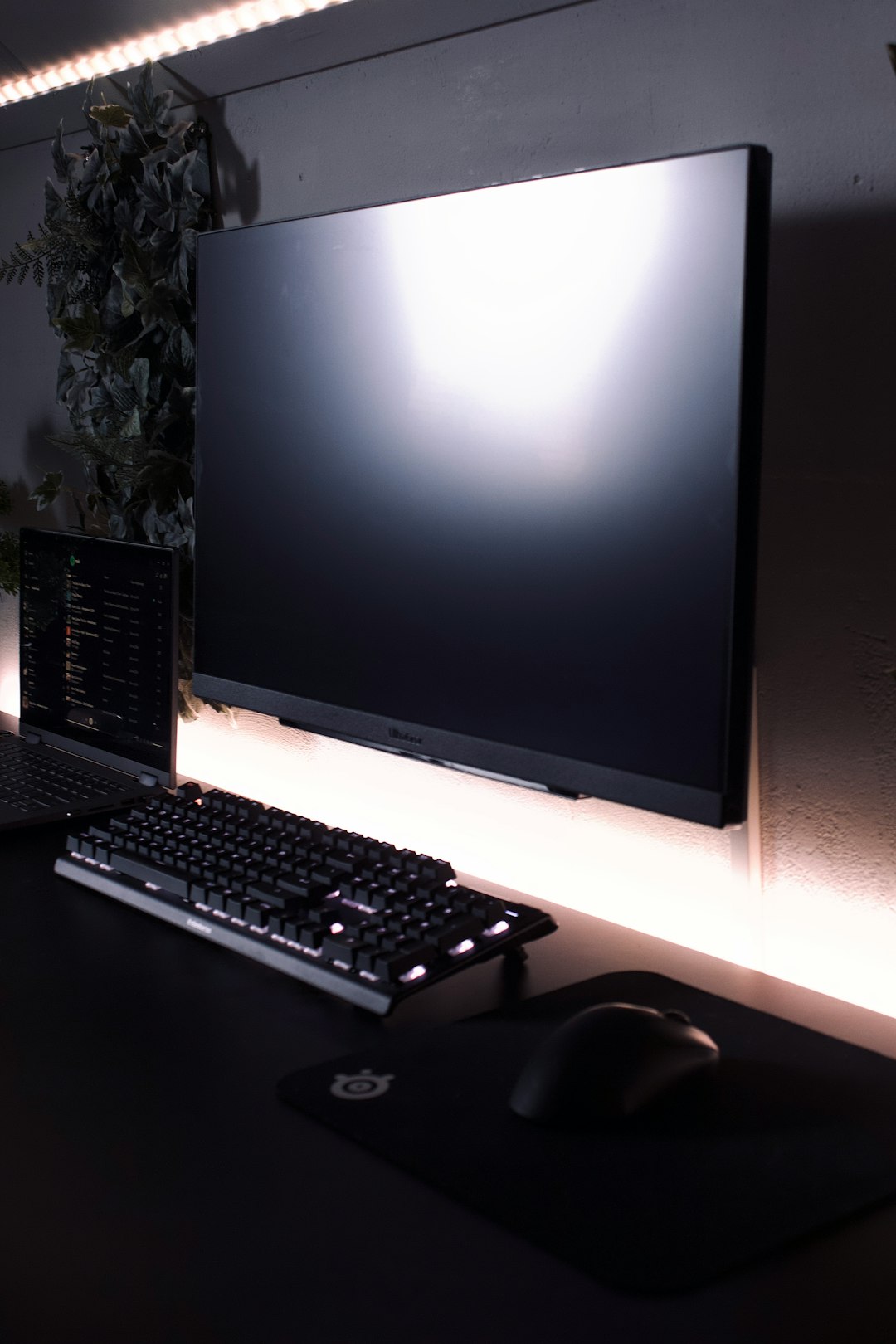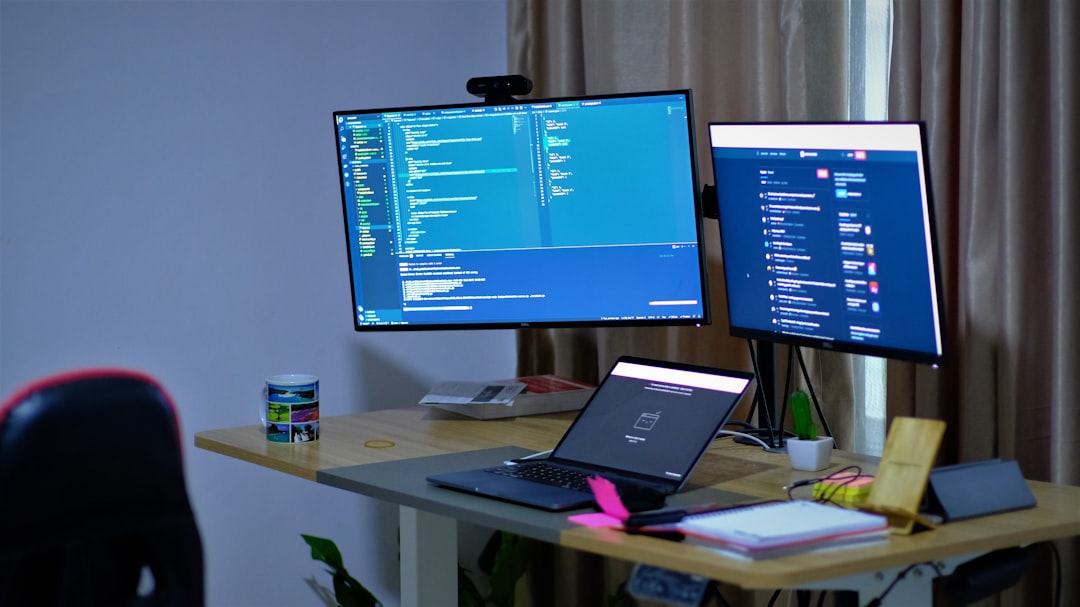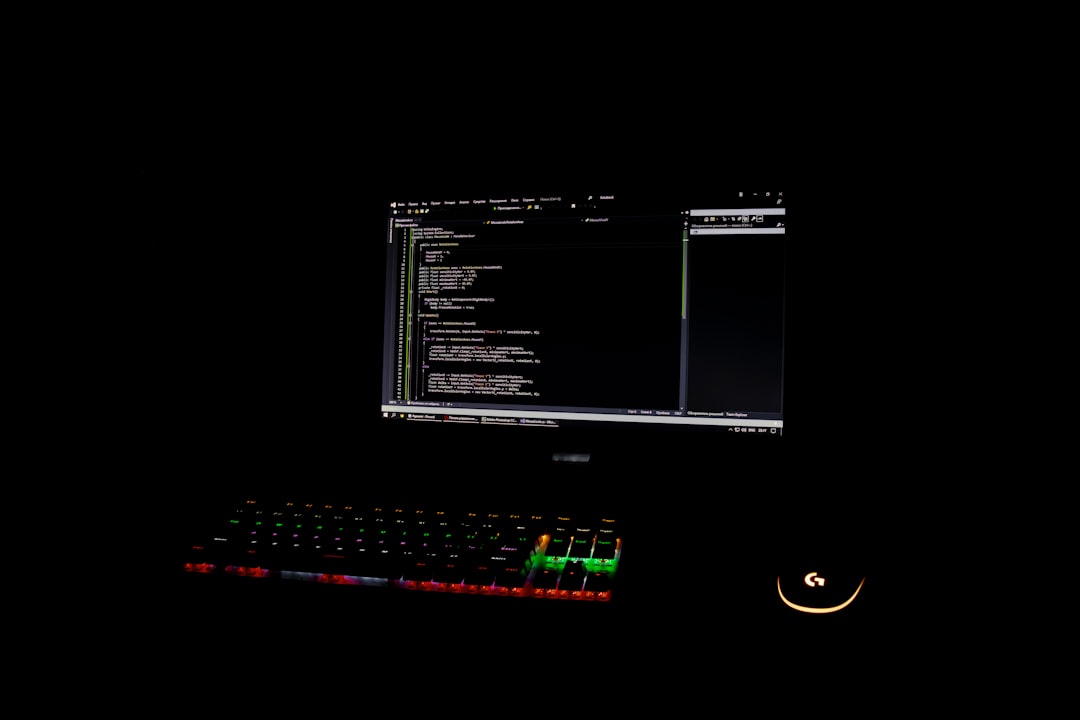ARGB lighting systems have become a core component of many PC builds, offering both visual enhancement and practical user feedback. However, users frequently encounter issues with control software like SignalRGB or L-Connect unexpectedly closing or crashing, particularly when attempting to synchronize different RGB components. If you’ve faced this frustration, you are not alone. Addressing these issues requires a methodical approach to compatibility checks, driver management, and system optimization.
Understanding the Problem
Whether you’re using SignalRGB or L-Connect, unexpected shutdowns of the application while syncing ARGB components often stem from one or more of the following causes:
- Software conflicts between multiple RGB control utilities
- Outdated or incompatible system drivers
- Firmware issues within connected ARGB devices
- Incorrect or unstable BIOS settings
- Corrupted configuration files or caches
These problems can especially arise when users mix components from different manufacturers, such as using Lian Li fans controlled by L-Connect with a motherboard’s own ARGB headers controlled by third-party solutions like SignalRGB.

Common Fixes to Prevent SignalRGB or L-Connect from Crashing
If your software keeps closing unexpectedly, follow these trusted and systematic troubleshooting steps to resolve most ARGB sync issues:
1. Uninstall Conflicting Software
Running multiple RGB programs concurrently can cause system instability. For example, SignalRGB and L-Connect may both try to take control of the same ARGB headers or RAM modules.
Steps:
- Go to Settings > Apps and uninstall any RGB control software you’re not using actively.
- Restart your PC after uninstalling.
- Only install one RGB software for complete control unless you’re using a modular integration where each software controls its domain without overlap.
2. Update Your BIOS and Chipset Drivers
Outdated BIOS versions or chipset drivers can prevent USB and ARGB headers from communicating effectively with your software, leading to crashes.
Steps:
- Visit your motherboard manufacturer’s website.
- Download and install the latest BIOS version – ensure you carefully follow BIOS flashing protocols.
- Install the latest chipset drivers, USB headers, and hardware monitoring tools.
3. Check USB Controller and Device Manager Settings
Many ARGB controllers like Lian Li’s UNI Hub connect via internal USB 2.0 headers. If these are not recognized properly by Windows, L-Connect or SignalRGB might not function consistently.
Steps:
- Open Device Manager and expand the “Universal Serial Bus controllers” section.
- Look for any devices marked with a yellow exclamation mark. Update or reinstall these drivers.
- Ensure your third-party controller (like “L-Connect USB Device”) is listed and functioning properly.

4. Clear App Cache and Reinstall
Sometimes, the app’s configuration or cache files get corrupted, particularly after system updates or improper shutdowns.
Steps:
- Navigate to the program’s configuration folder. For SignalRGB, this might be in: C:\Users\YourName\AppData\Roaming\WhirlwindFX.
- Delete all contents of the folder but make a backup first if you have custom profiles saved.
- Uninstall and reinstall the software using the latest version from the official website.
5. Run as Administrator and Compatibility Mode
Sometimes, the software might lack the permissions needed to run effectively or crashes due to conflicts with newer Windows security features.
Steps:
- Right-click the software shortcut and select Properties.
- Go to the Compatibility tab.
- Check “Run this program as an administrator”.
- If it still crashes, try running in compatibility mode (e.g., for Windows 8 or 7).
6. Ensure Firmware on Your ARGB Devices Is Up-to-Date
Some controllers or LED hubs come with firmware that may be outdated, especially if your hardware is not brand new. Older firmware may not be compatible with new software updates or driver versions.
Steps:
- Check the manufacturer’s website for firmware tools or changelogs (e.g. Lian Li provides firmware upgrade utilities for their UNI Hub).
- Backup critical settings or lighting profiles.
- Carefully update the firmware following the manufacturer’s instructions.
Best Practice Recommendations
If you want to maintain a stable environment for your ARGB controls, follow these general guidelines:
- Use only official cables and headers. Faulty or third-party splitters may cause data loss between components and controllers.
- Match hardware and software ecosystems. Try to use fans, strips, and controllers from the same brand with unified control methods.
- Monitor CPU and memory usage. Some RGB services can crash if your system runs out of resources, especially during startup.
- Avoid RGB control apps from shady sources. These can contain malware or conflict with other programs.
- Regularly check for updates. Developers of SignalRGB and L-Connect release patches routinely to fix bugs and improve compatibility with new hardware models.
Still Not Working? Consider These Alternatives
If, after all your troubleshooting, SignalRGB or L-Connect continues to crash, consider switching to another ARGB software that might be more compatible with your configuration:
- OpenRGB: Open-source and highly customizable, supports a wide range of hardware but requires more technical knowledge.
- ASUS Aura Sync: Best when used with ASUS hardware across the ecosystem.
- MSI Mystic Light: Tightly integrated with MSI motherboards and components.
Each software comes with its own pros, cons, and hardware support limitations, so switching isn’t always simple—but may be necessary to achieve stability.
Conclusion
ARGB synchronization shouldn’t be a nightmare. SignalRGB and L-Connect are powerful tools when everything aligns correctly, but like any customizable system, they rely heavily on updated drivers, firmware, and a clean software environment. By following the outlined steps, which range from removing conflicts and updating system firmware to more advanced measures like USB device checks, you can create a stable and vibrant lighting setup without unexpected software shutdowns.

A stunning, synchronized light show shouldn’t come at the cost of software reliability. With attention to detail and careful configuration, your ARGB software can run like a well-lit dream.



